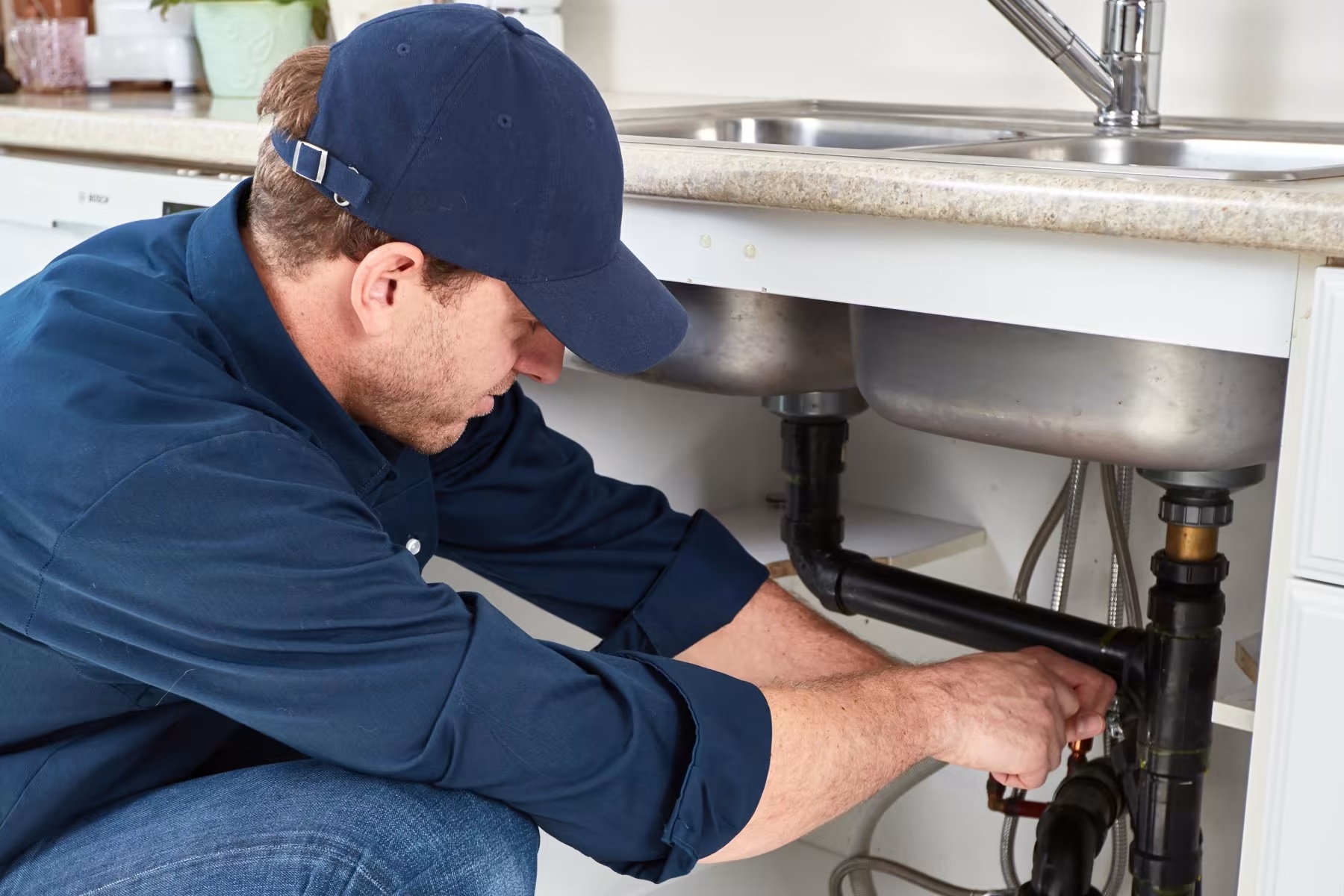Pipes and drains are an integral part of every structure. It entails working with plumbing fixtures such as water pipes, drains, and faucets to set up, fix, and maintain them. Substantial property damage and expensive repairs may come from plumbing issues. Get help from Plumber Gilbert
The Basics of Plumbing:
There are two primary categories of plumbing systems: those that provide water and those that remove waste.
1. water supply system:
The main freshwater line, water meters, shut-off switch, water pressure regulators, and water heater are all components of a water supply system.
2. drainage system:
Drainage infrastructure includes drain lines, ventilation pipes, and traps.
Common Problems and How to Fix Them:
Plumbing problems are common and can cause significant damage if left unattended.
Leaky Faucets: Worn-out fittings or o-rings usually trigger leaky faucets. How do you repair a leaking lavatory faucet? Unplug the faucet lever and switch off the water supply. Rebuild the faucet after replacing the outdated washer or o-ring.
cloggy drains: Gatherings of hair, detergent residue, and food debris causes drains to become blocked. Use a tool such as a plunger to generate pressure and dislodge the obstruction from a drain.
running toilet: Typically, a defective flapper or an exhausted fill valve is responsible for a toilet that is constantly running. To repair a commode that is constantly running, switch off its water supply and detach the tank lid. Reinstall the fill valve or flapper, then reinstall the commode.
Low Water Pressure: An obstructed aerator or a defective flow regulator causes low water pressure. To fix inadequate water pressure, dismantle and sanitize or change the aerator. Repair the air pressure control if it is defective.
Broken pipes: Broken pipes may seriously harm property. Insulate pipes in chilly sections of a home or structure to avoid pipe bursts. Unlock all faucets to release pressure and shut off the water main before repairing a broken pipe. After that, cut the harmed part out and repair it with another one using a pipe cutter.
Plumbing Tools and Equipment:
Plumbing requires tools:
- Pipe wrench: Tightens and loosens plumbing pipes and connectors. It works well with bigger pipes and comes in several diameters.
- plungers: Plungers unclog bathrooms, toilets, and showers. Suction removes the obstruction.
- Drain Snake: Plumbing snakes are used to unclog drains. A flexible wire breaks up the obstruction in the drain pipe.
- Auger: Like a drain snake, an auger removes severe obstructions. Its revolving drum holds a lengthy wire with a cutting tip.
- Teflon Tape: White Teflon tape seals plumbing joints. It prevents leaks by wrapping pipe threads before fittings.
Maintenance Tips:
Plumbing upkeep prevents costly repairs. Below are plumbing maintenance tips.
- Frequent plumbing inspections may catch problems before they become major issues. Check appliances for wear, damage, and seepage.
- Maintaining Drainage Systems: Routine cleaning helps prevent clogs. Use a plunger or drain snake and avoid pouring grease or oil down the drain to avoid clogs.
- Inspect faucets, toilets, and appliances for leaks regularly. Replacing worn washers and o-rings prevents leaks.
- Winterizing plumbing is crucial to avoid frozen pipes from bursting. Detach outside hoses and insulate low-temperature pipes in homes and businesses.

